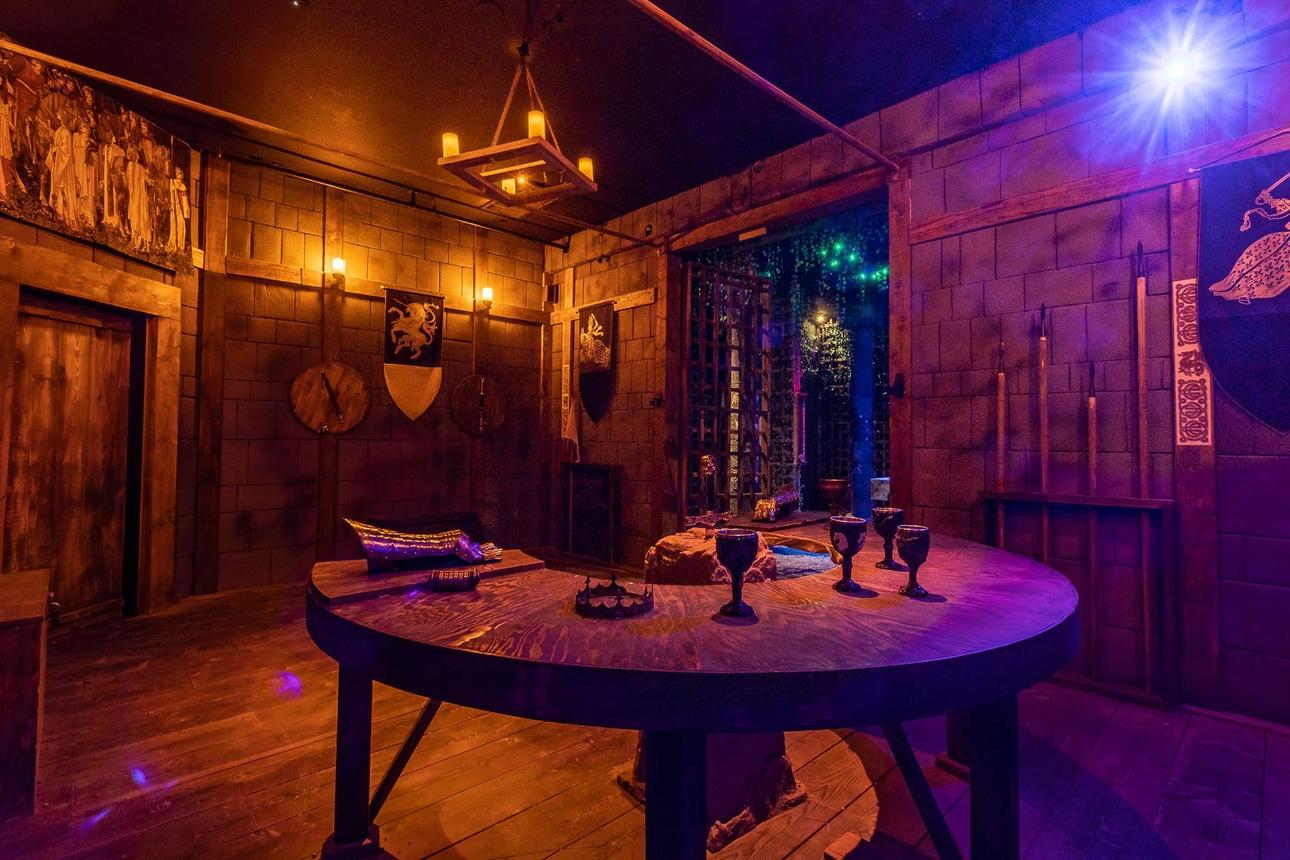Group Methods: Just How to Team up Efficiently in a Getaway Room
Browsing the intricacies of an escape room demands more than plain enthusiasm; it needs a well-coordinated strategy grounded in clear interaction, strategic function projects, and adept time monitoring. Groups should actively listen to every member's understandings, assign functions that line up with individual toughness, and maintain normal check-ins to guarantee focus and stop redundancy. By fostering an atmosphere that values communication and flexibility, groups can significantly enhance their performance and success rates. The subtleties of these techniques can transform the experience, yet just how specifically can they be carried out to optimize the potential for success?
Establish Clear Communication

To facilitate clear interaction, it is vital to assign a central point of contact for information dissemination. This duty includes summarizing findings and suggested techniques to make certain everyone remains on the exact same page. Furthermore, taking on an organized technique to discussions can prevent disorderly exchanges. Quick, concentrated updates from each group participant can maintain the group educated without frustrating them with information - best escape room.

Appoint Duties Strategically
While clear communication sets the foundation for efficient team effort, appointing roles tactically guarantees that each employee's staminas are used effectively. In a getaway area scenario, the time-sensitive and complex nature of difficulties necessitates an efficient method to job delegation. By identifying and leveraging private expertises, teams can enhance their analytical abilities and boost total efficiency.
Someone with a keen eye for information could excel in locating surprise items, while a rational thinker could be much better matched to resolving puzzles. This duty often needs strong business and social abilities.
Second, make sure that roles are versatile and versatile. As new challenges emerge, the group has to be able to pivot, reapportioning jobs as needed. This versatility helps maintain energy and protects against traffic jams that might take place because of inflexible duty projects.
Eventually, a tactical approach to function assignment not just optimizes the staminas of each staff member yet likewise cultivates a cohesive setting, driving the group in the direction of an effective retreat.
Utilize Diverse Skills
Recognizing and utilizing the diverse abilities within your team can dramatically raise your performance in a getaway area. Each team member brings distinct strengths to the table, and efficiently leveraging these abilities can expedite problem-solving and boost overall performance. As an example, a staff member with solid analytical abilities might excel at figuring out intricate codes or patterns, while an additional with keen observational capacities might promptly detect hidden clues that might forget.
Motivate team members to voice their understandings and concepts promptly, guaranteeing that all potential options are considered. Additionally, designating jobs that align with each participant's strengths can stop bottlenecks and guarantee that progress is continuous.
Additionally, variety in skills often equates to variety in believing designs, which is important in a getaway room setup. While some challenges might require anchor sensible reasoning and accuracy, others may take advantage of imaginative and lateral reasoning. By acknowledging and leveraging this diversity, groups can deal with a more comprehensive variety of challenges better, therefore increasing their chances of an effective escape.
Manage Time Successfully

First, allocate initial mins for a fast study of the area. Recognize noticeable puzzles and split jobs based upon employee' staminas, making sure that no one is idle. Establish interior time checkpoints to evaluate progress regularly; as an example, objective to have half the problems solved by the mid-point of the video game. This see post practice can aid maintain the team concentrated and stop time from escaping unnoticed.
Furthermore, avoid tunnel vision. If a puzzle is taking as well long, rotate employee or proceed to an additional difficulty, returning later on with fresh point of views. Interaction is paramount-- maintain every person updated on resolved puzzles and staying tasks to stay clear of redundant efforts.
Lastly, utilize any tips or hints moderately yet strategically - best escape room. Recognizing when to request for assistance can save important time. By sticking to these time administration principles, groups can considerably enhance their possibilities of an effective and pleasurable getaway room experience
Debrief and Mirror
Reflection is a vital facet of group development and improvement in the context of escape areas. When the difficulty is completed, whether efficiently or not, it is important for the team to participate in an organized debriefing session. This process permits employee to analyze their performance, recognize strengths, and pinpoint locations for enhancement.
Start the debrief by discussing what went well. Highlight specific instances of effective interaction, analytical, and partnership. Identifying these positive actions reinforces them and encourages their repeating in future Get More Information difficulties.
Talk about minutes of confusion, miscommunication, or ineffective strategies. Encourage an open and useful dialogue where group members can share their viewpoints without fear of criticism.
Verdict
In final thought, successful partnership in an escape room is predicated upon clear interaction, tactical role projects, the reliable application of varied skills, and skillful time management. By developing a cohesive and adaptive group environment, the probability of successfully addressing challenges and achieving the purpose of getting away the room is substantially improved.